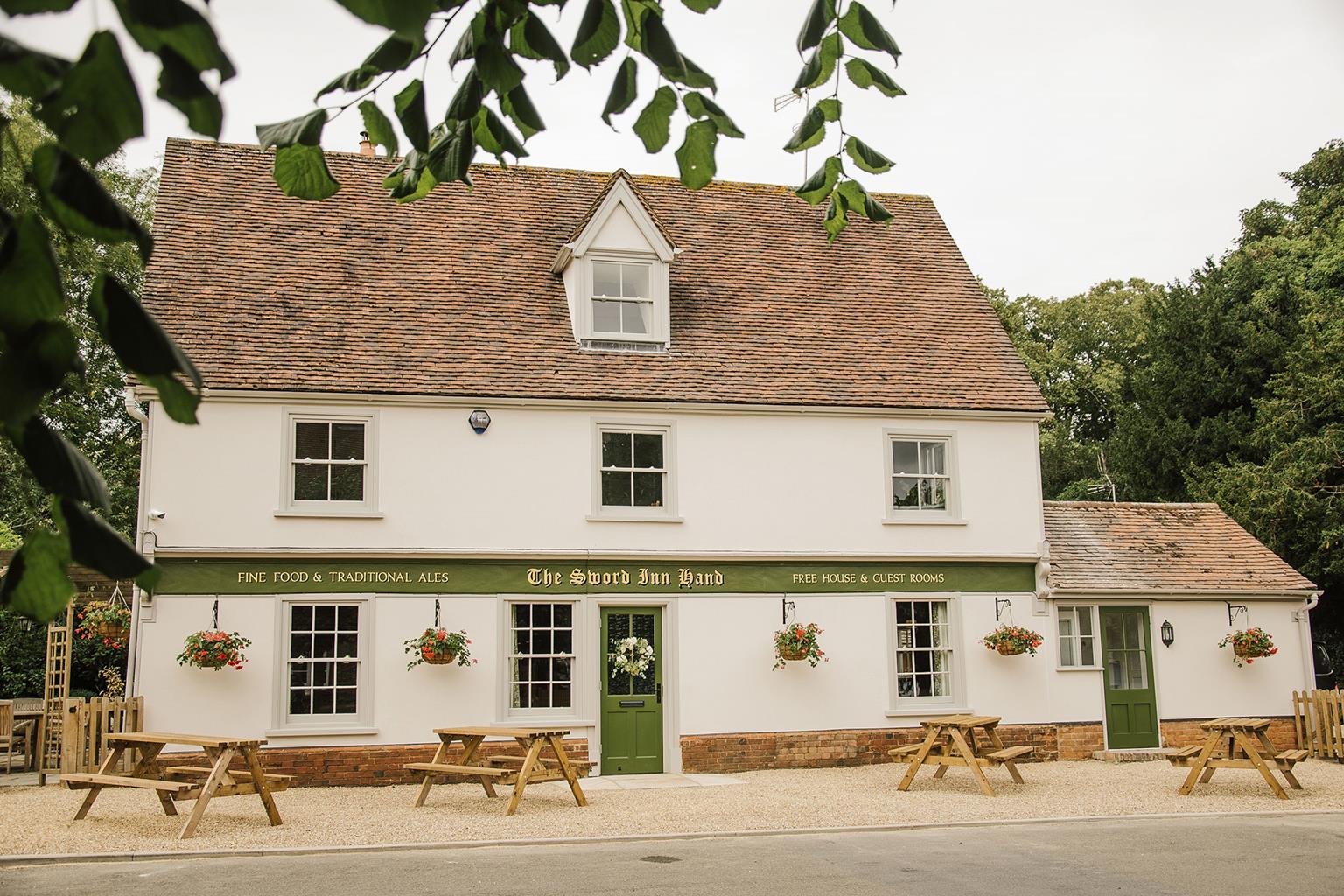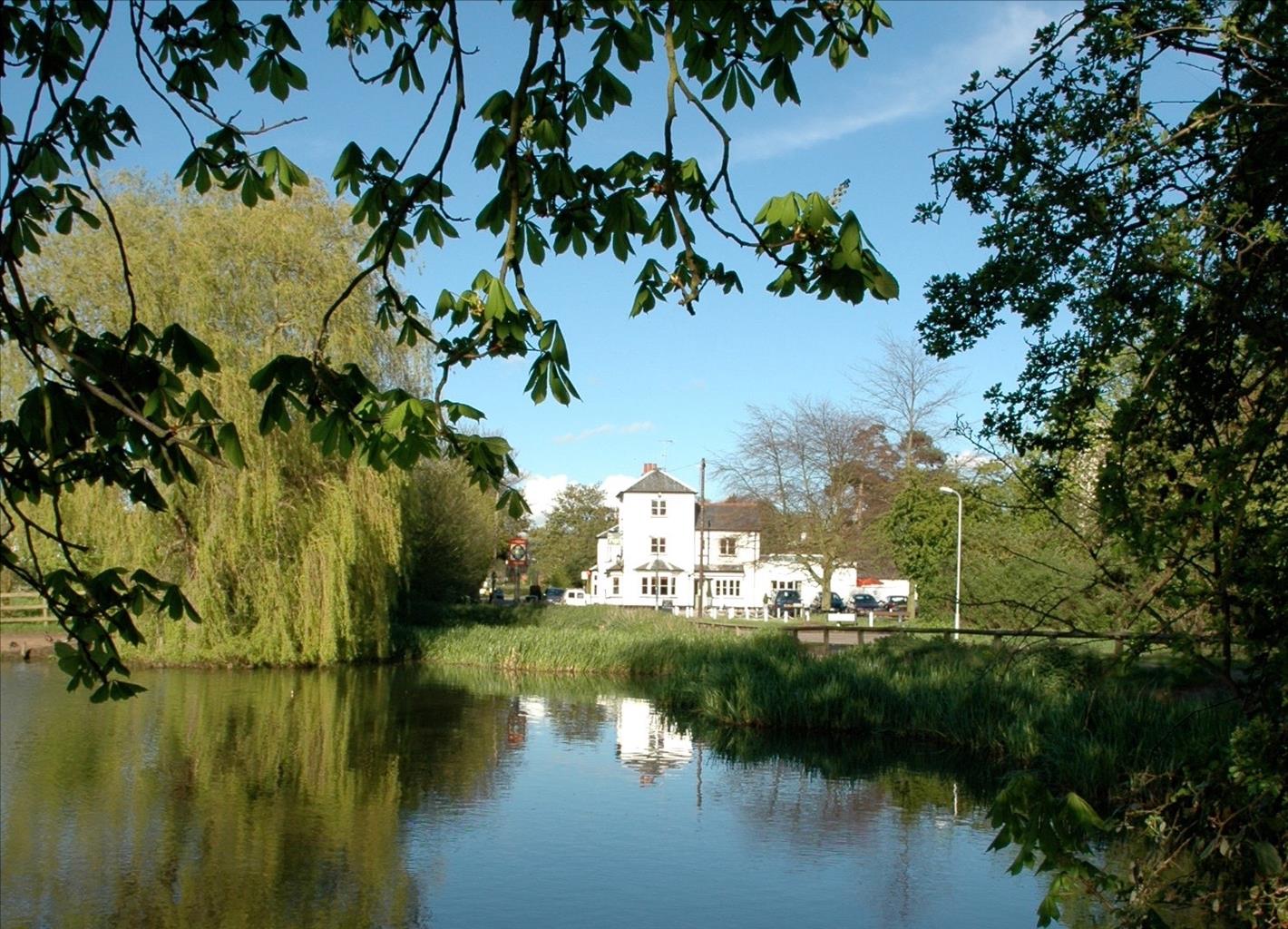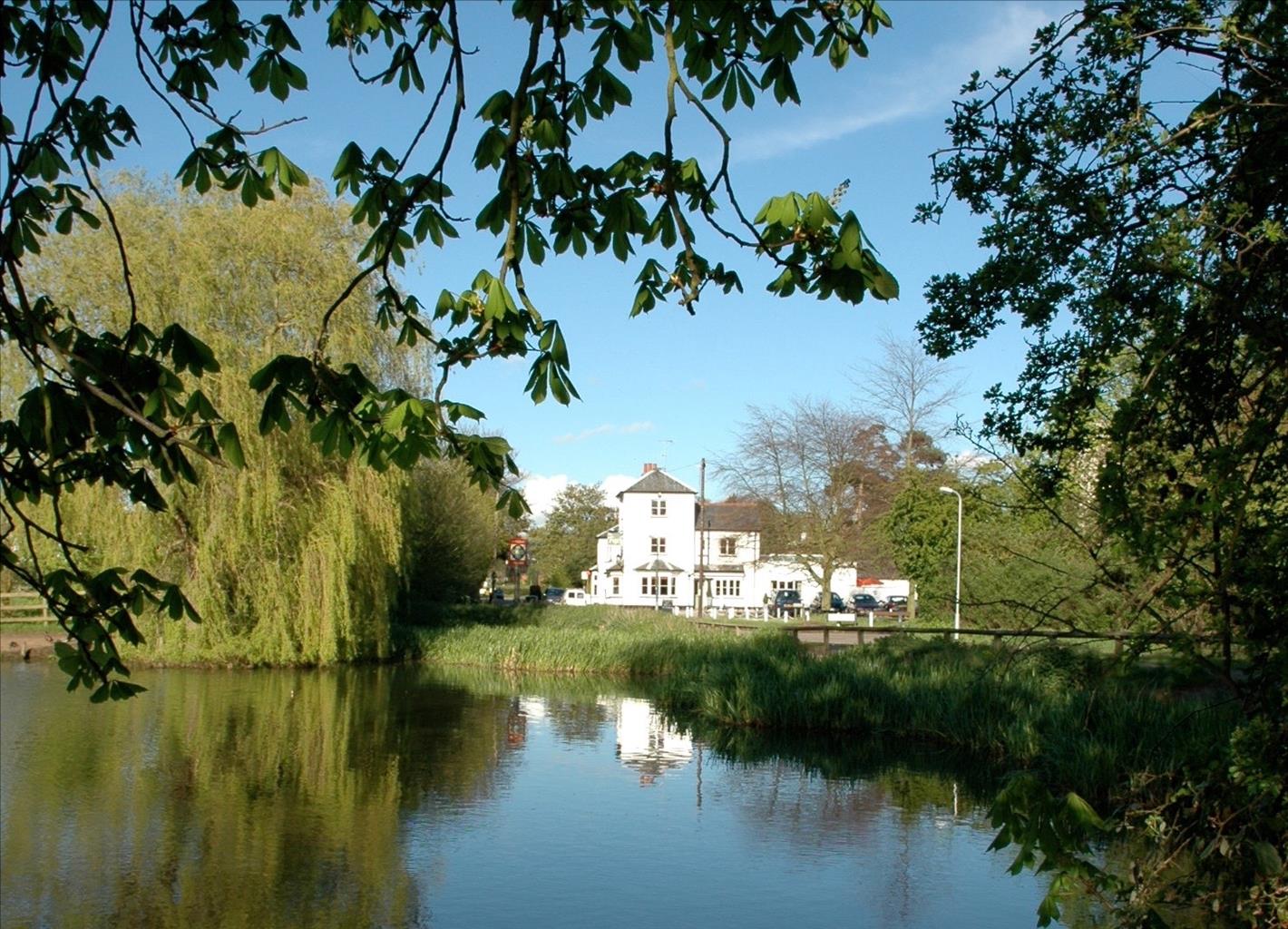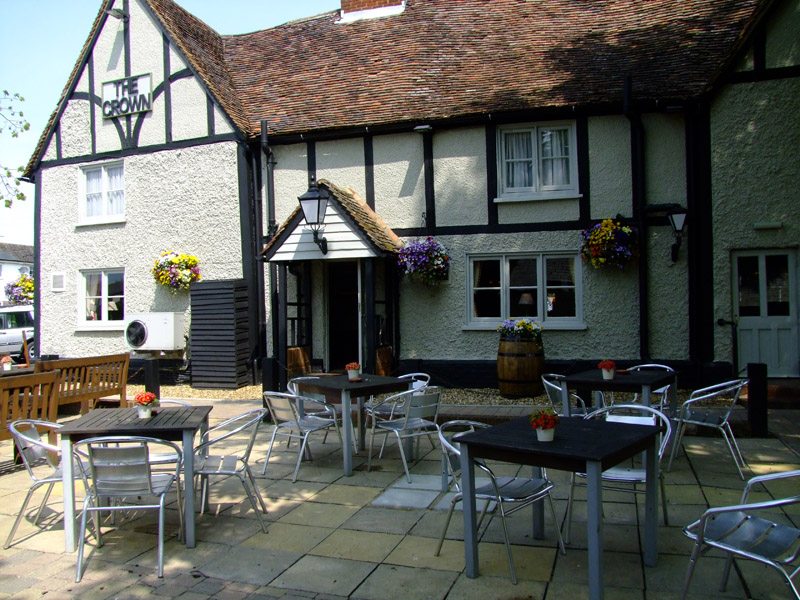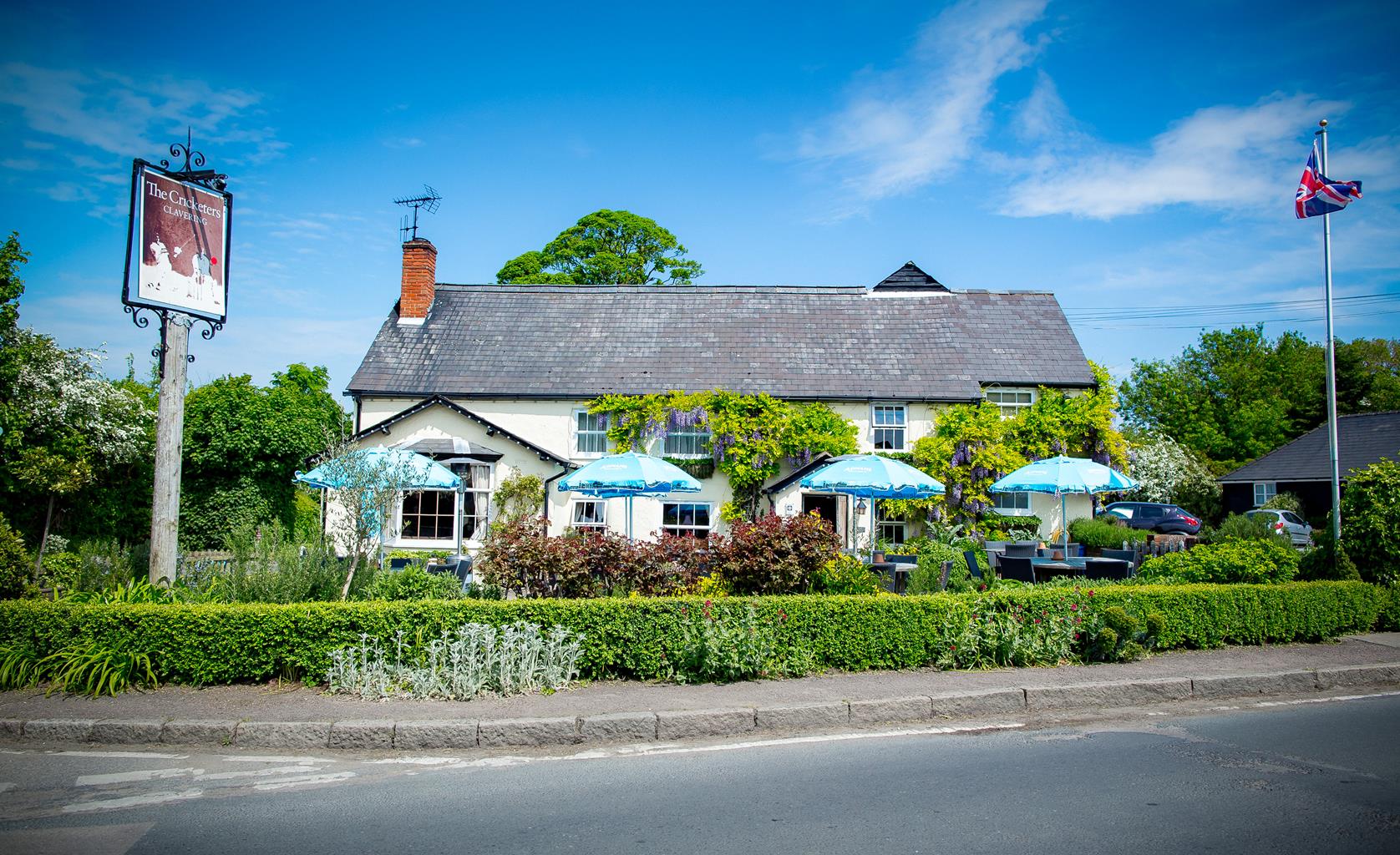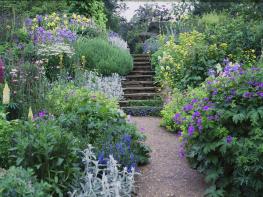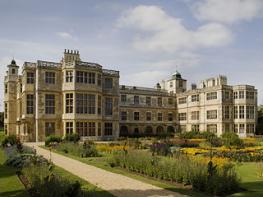The Fox is a country inn and fine dining restaurant situated in the north Hertfordshire village…
Therfield, Kelshall and the chalk downs

3.5 miles (5.7kms)
About the walk
In the chalk hills of northeast Hertfordshire you are walking in the 'champion' country – that is how it was described by contemporaries such as the early Hertfordshire historian Sir Henry Chauncey, writing in the late 17th century. The word, a corruption of the French 'champagne' or country (not the sparkling wine), describes classic, Midland, open-field farming country. Here, fields were farmed in common, with holdings divided up into strips within great open fields, usually two, three or four surrounding a village. Every farmer, from the peasant to the yeoman farmer and up to the great landowner, had a share of the best and worst land. In addition there were areas of common grazing, wood and hay meadows.
Enclosure acts
This system had immense benefits for the small farmer, but none for the more progressive and larger farmers who, over the centuries, tried to enclose the open fields for more efficient, centralised farming. This area of Hertfordshire held out longest. Kelshall's open fields were enclosed, following a private Act of Parliament, in 1795; Therfield's became enclosed as late as 1849. You can see the effects of efficiency now – vast arable fields with very few hedges descend northwards from the villages on the ridge to the ancient Icknield Way at the foot of the chalk downs, often their parish boundary. However, the area of this walk is in the more intimate fields south of the villages, where the countryside is criss-crossed by ancient and attractively hedged, pre-enclosure, green lanes such as Kelshall Lane and Duck's Green, winding amid the smaller, arable fields.
Village scenes
Therfield has a fine triangular village green with The Fox and Duck pub on its eastern side. The church was entirely rebuilt in 1878 due to subsidence. The rebuilding re-used many items from the previous medieval church. These include piscinae, the stone basins which were usually close to the altar in a pre-Reformation church, some roof bosses and monuments, the best being that to Francis Turner, who died in 1677. The Old Rectory, southeast of the church, is also of interest. It has a rendered, 15th-century wing and a circular stair turret. The rest of the building is a red-brick, Georgian rebuild from 1767. To the west of the church are the earthworks of a motte-and-bailey castle. This was started by the Abbot of Ramsey during the civil wars of Stephen's reign. Kelshall, the smaller village, retains its mainly 15th-century church, although it was extensively restored in 1870. Entry is through the medieval oak door and there are fragments of medieval glass. The lower part of the chancel screen also survives.
Walk directions
From Therfield village green walk down Church Lane and into the parish churchyard. Go through a gap in the railings to the south of the south porch and bear left on to a green lane, with the vicarage garden on the left and a field on the right. At a footpath post keep straight on along a grassy margin at the left of a field, then go across a field to a kissing gate. Cross pasture to another kissing gate, go through this and turn right on to a green lane, Duck's Green. Ignoring footpaths to right and left, the track bears left, now following the parish boundary. Where the path meets a track, turn right on to a green lane.
Follow this green lane, which soon turns right, climbing gently between ancient hedges. At a track junction go left and continue climbing, passing a footpath junction before reaching the crest of the hill. Ignore a track turning left – carry straight on along a loosely metalled track.
Further on turn right on to the bridleway, with a fence and paddocks to the left, arable land to your right. This becomes a track through arable land. At a bridleway post, where the hedge reappears on your right, turn right on to a green lane, soon hedged only on the left. At a post-and-railed sheep enclosure go left. Then, through a gate, turn left to another gate on to a lane and cross to the church lychgate.
Visit the St Faith's Church, entering through its original, heavy, 15th-century door. Leave the churchyard from behind the chancel on to a path between a fence and walls, signposted 'Hertfordshire Way'. At the lane turn left. At the road junction jink right then left to walk past the telephone box and the village hall, dated 1895.
Continue past Fox Hall Farm and a pond. Turn right at a footpath sign, just before a thatched cottage, on to a track initially between hedges, then alongside a patchy hedge. At the end of the field go through a kissing gate and, just before the footbridge, turn left. After a few paces, with the ditch on your right, turn right at a footpath sign. At the track go left to walk past the tall water tower. At the road turn right and follow it past Tuthill Court and some Victorian estate cottages. Turn right past Bell House into Pedlars Lane, which winds back to Therfield village green.
Additional information
Green lanes, tracks, field paths and village lanes
Gently rolling arable country on chalk plateau
Mostly off lead, but horse paddocks near Kelshall
OS Explorer 194 Hertford & Bishop’s Stortford
Around Therfield village green
None on route
WALKING IN SAFETY
Read our tips to look after yourself and the environment when following this walk.
Find out more
Also in the area
About the area
Discover Hertfordshire
As Hertfordshire is so close to London, many of its towns have become commuter havens. St Albans, less than 19 miles (30km) from the capital, has retained its distinctive character, along with many historic remains. The Roman city of Verulamium is situated in a nearby park, and excavations have revealed an amphitheatre, a temple, parts of the city walls and some house foundations. There are also some amazing mosaic pavements.
The abbey church at St Albans is thought to have been built on the same site where St Alban met his martyrdom in the 3rd century. The abbey was founded in 793 by King Offa of Mercia, and contains the saint’s shrine, made of Purbeck marble. Lost for years, it was discovered in the 19th century, in pieces, and restored by the designer of the red telephone box, Sir Giles Gilbert Scott. The abbey also contains some wonderful medieval wall paintings. Nicholas Breakspear was born in St Albans, the son of an abbey tenant. In 1154 he took the name Adrian IV, and became the first, and so far only, English pope. Another famous son of Hertfordshire was Sir Francis Bacon, Elizabethan scholar and Lord High Chancellor, born in Hemel Hempstead in 1561.
Nearby stays
Restaurants and Pubs
Nearby experiences
Recommended things to do
Why choose Rated Trips?
Your trusted guide to rated places across the UK
The best coverage
Discover more than 15,000 professionally rated places to stay, eat and visit from across the UK and Ireland.
Quality assured
Choose a place to stay safe in the knowledge that it has been expertly assessed by trained assessors.
Plan your next trip
Search by location or the type of place you're visiting to find your next ideal holiday experience.
Travel inspiration
Read our articles, city guides and recommended things to do for inspiration. We're here to help you explore the UK.

